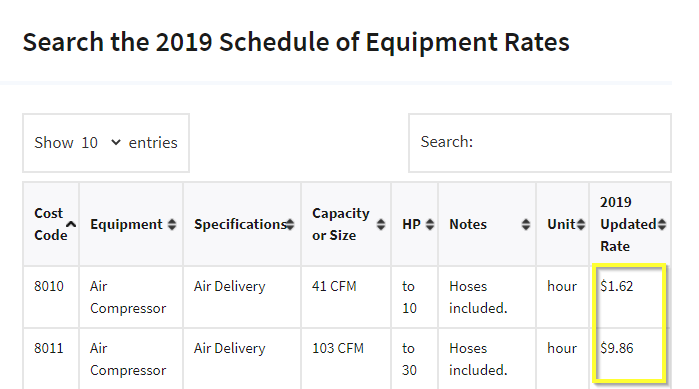- Research
Expert research through analyst-sourced insights and articles, printable reports and guides and industry-simplifying trackers and indexes.
Useful guides aggregating hard-to-understand industry information.
COMING SOON - Data
Innovative data providing first-time insights on equipment incentives, dealer service and manufacturer signals (and more coming).
Easily search for active financial incentive offers from most manufacturers.
Compare benchmarks to identify service investment levels across 20+ dealers.

Identify critical signals from the investor calls of equipment manufacturers.

- Rankings
The Heavy mines our different data sources for you, making performance easy to understand through our Rankings.
Understand service investment by analyzing the service and parts department employees on a location basis.
Understand service investment by analyzing the service and parts departments as a ratio of all employees.
Understand service investment by analyzing the tenure of mechanics and technicians in the current role.
- Research
Expert research through analyst-sourced insights and articles, printable reports and guides and industry-simplifying trackers and indexes.
Useful guides aggregating hard-to-understand industry information.
COMING SOON - Data
Innovative data providing first-time insights on equipment incentives, dealer service and manufacturer signals (and more coming).
Easily search for active financial incentive offers from most manufacturers.
Compare benchmarks to identify service investment levels across 20+ dealers.

Identify critical signals from the investor calls of equipment manufacturers.

- Rankings
The Heavy mines our different data sources for you, making performance easy to understand through our Rankings.
Understand service investment by analyzing the service and parts department employees on a location basis.
Understand service investment by analyzing the service and parts departments as a ratio of all employees.
Understand service investment by analyzing the tenure of mechanics and technicians in the current role.




